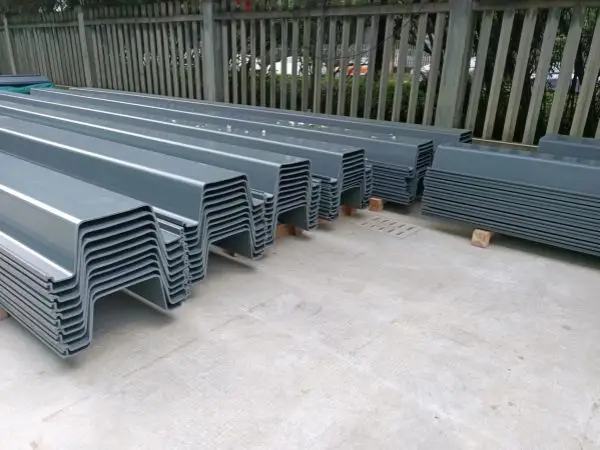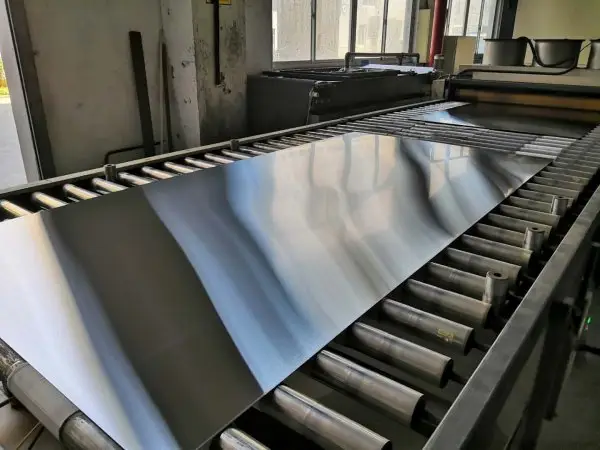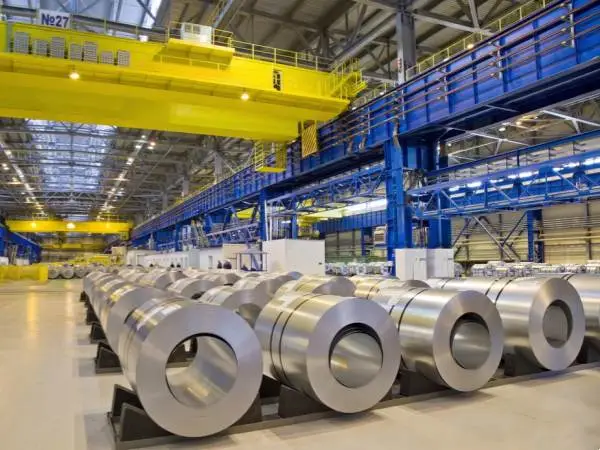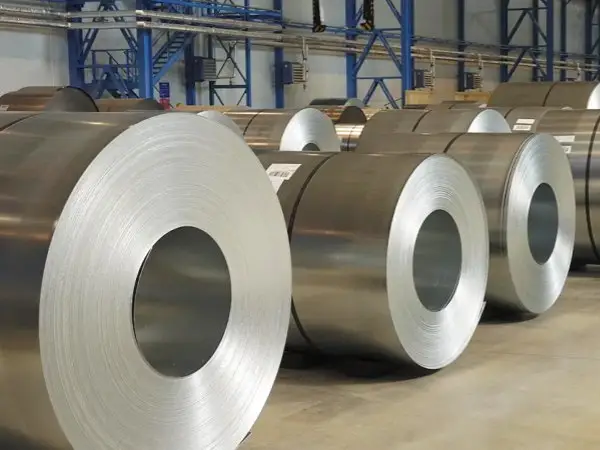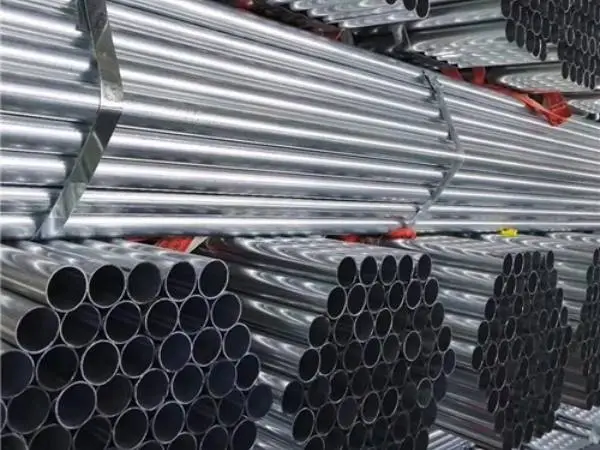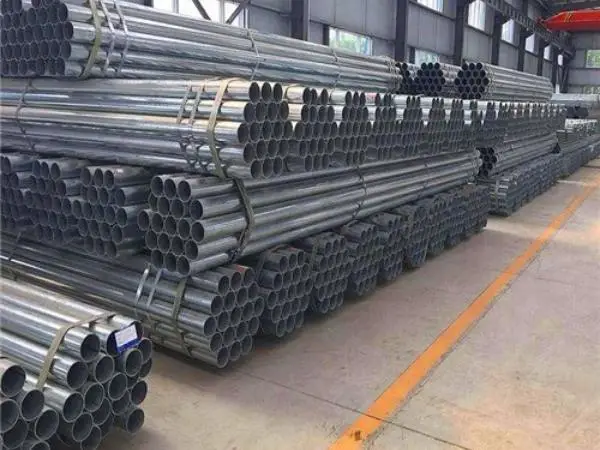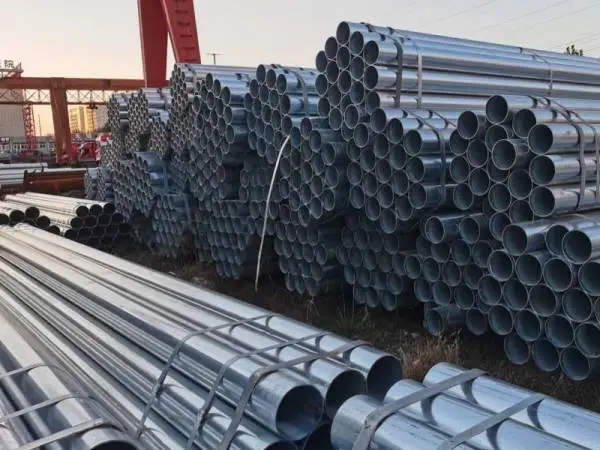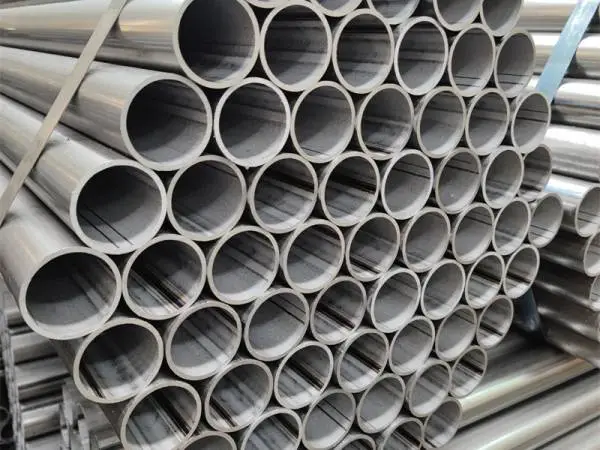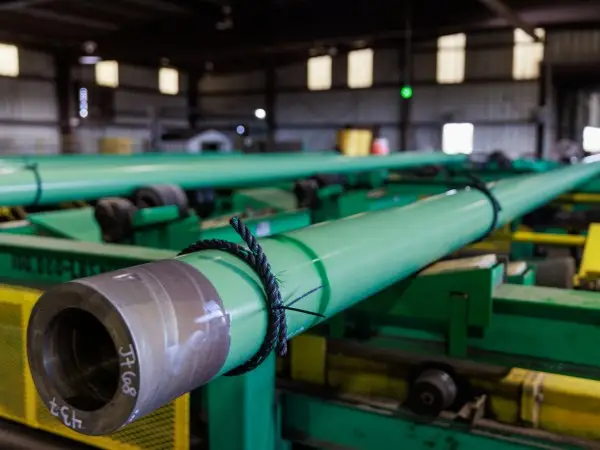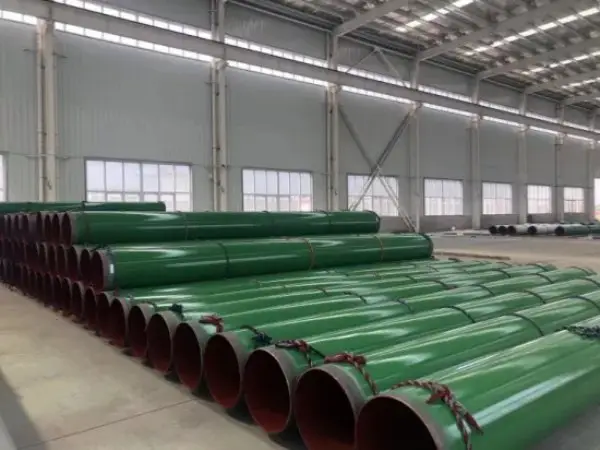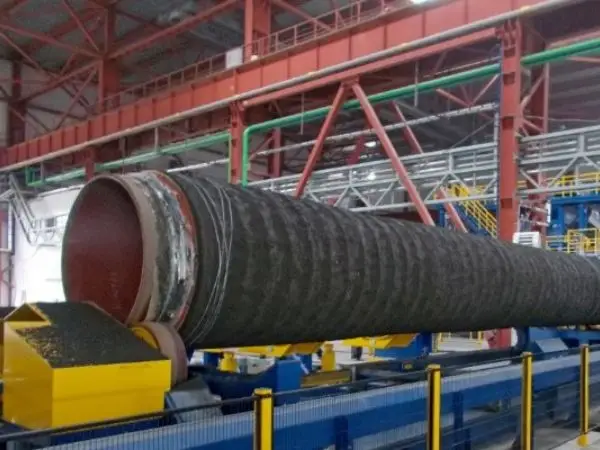-
2024-11-21Product News
Overview of the types of steel sheet pile
Steel sheet piles are structural steel products widely used in construction projects for applications such as retaining walls, cofferdams, waterfront structures, and flood defenses. They are designed to interlock, forming continuous barriers to support earth or water loads. Below is a detailed overview of the primary types of steel sheet piles based on shape, application, and manufacturing processes.
-
2024-11-20Product News
How to maintain steel plates to extend their service life?
This article will briefly introduce how to maintain steel plates to extend their service life.
-
2024-11-20Product News
ASTM A240 stainless steel plate
ASTM A240 is a standard specification for chromium and chromium-nickel stainless steel plates, sheets, and strips, intended for pressure vessels and general applications. This specification encompasses grades such as 304 and 316, which are widely used due to their specific properties.
-
2024-11-19Product News
The advantages of prepainted galvanized steel coil
Prepainted galvanized steel coil is manufactured from hot-dip galvanized sheets, hot-dip aluminum-zinc plates, or electro-galvanized sheets. After undergoing surface pretreatment (such as chemical degreasing and conversion treatment), these coils are coated with layers of organic paint and cured through baking processes. The result is a steel product with a vibrant appearance and excellent material properties.
-
2024-11-19Product News
Steel coil manufacturing technology
Steel coil manufacturing involves a series of advanced processes designed to produce high-quality steel in various forms, such as hot-rolled, cold-rolled, or coated coils. These coils are widely used in construction, automotive, energy, and appliance manufacturing. Below is a detailed overview of the technologies and processes involved in steel coil manufacturing.
-
2024-11-18Product News
Introduction to SCH 40 galvanized seamless pipe
SCH 40 galvanized seamless pipe refers to a type of steel pipe with a Schedule 40 wall thickness that is also coated with a layer of zinc through galvanization. This combination makes the pipe durable, corrosion-resistant, and suitable for various structural, industrial, and fluid transportation applications.
-
2024-11-18Product News
How many types of galvanized seamless pipes are there?
Galvanized seamless pipes can be classified into different types based on the galvanizing process, intended application, and zinc coating method. Here’s an overview of the main types of galvanized seamless pipes.
-
2024-11-13Product News
Galvanized welded pipe production process
Galvanized welded pipes are widely used in various industries due to their strength, durability, and excellent corrosion resistance provided by a protective zinc coating. The production process of galvanized welded pipes involves several precise and well-coordinated steps that ensure the pipes meet high quality standards and perform reliably under different conditions. Here is a detailed look at each stage of the process.
-
2024-11-13Product News
Introduction to ERW galvanized steel pipe
ERW (Electric Resistance Welded) galvanized steel pipes are steel pipes with a protective zinc coating applied to enhance their resistance to corrosion. This coating ensures durability and longevity, making ERW galvanized pipes a reliable, versatile, and cost-effective solution for various industrial, commercial, and residential applications. These pipes are popular in fields like construction, agriculture, and plumbing due to their excellent corrosion resistance, structural strength, and ease of installation.
-
2024-11-12Product News
FBE coating pipe coating techniques
Fusion Bonded Epoxy (FBE) coating is widely used in pipe protection, particularly in industries where pipes are exposed to corrosive environments, such as oil, gas, and water industries. This type of coating forms a strong, corrosion-resistant layer that can extend the life of steel pipelines, significantly reducing maintenance costs and downtime. To achieve the desired protective layer, three main application techniques for FBE coating are used, each providing unique benefits depending on the specific requirements of the pipeline project. These methods include Electrostatic Spray, Fluidized Bed, and Rotary Atomization.
-
2024-11-12Product News
Advantages of FBE coated pipes
Fusion Bonded Epoxy (FBE) coated pipes offer several advantages, making them popular in industries requiring durable and corrosion-resistant piping. Here are the key benefits of FBE coated pipes.
-
2024-11-11Product News
Concrete coated pipe types and dimensions
Concrete coated pipes are commonly used in subsea environments and are manufactured in various dimensions and with multiple coating options to meet different environmental demands. These pipes can be customized with varying weights, thicknesses, and densities of concrete coatings, as well as additional anti-corrosion and insulation coatings to enhance their durability and performance underwater.
